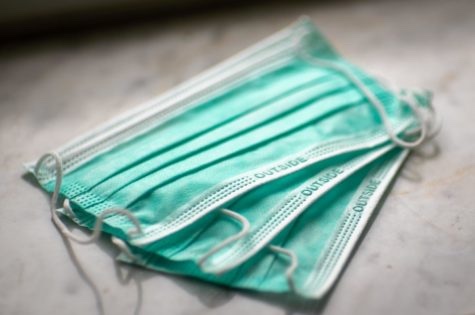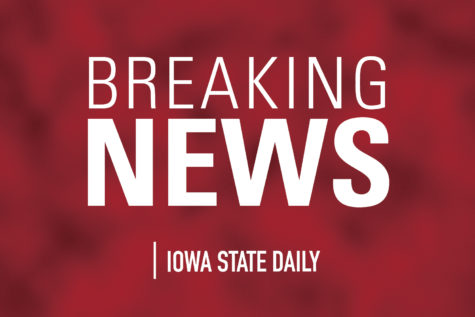Monkeypox: What you need to know

Iowa has 15 confirmed cases of monkeypox as of Aug. 17, according to the Iowa Department of Health website.
As Iowa State welcomes students back for the fall semester, campus health coordinators prepare to confront a new public health crisis in the form of monkeypox.
The first U.S. monkeypox case was reported in May 2022, and the first Iowa case was reported in July 2022.
As of Aug. 17, Iowa had 15 confirmed cases, with eight originating in Central Iowa, according to the Iowa Department of Public Health website.
Prior to 2022, monkeypox was repeatedly reported in several central and western African countries, and cases outside of Africa were linked with international travel, according to the Centers for Disease Control (CDC) website.
If someone believes they may have monkeypox, they should see a healthcare provider.
Those without a local healthcare provider can reach out to the Story County Public Health office or the Thielen Student Health Center.
“We work closely with our CDC partners and American College Health Association partners to follow recommendations for prevention,” Kristen Clark, a university public health coordinator, said.
Prevention recommendations include promoting hand hygiene, educating people on how monkeypox spreads and providing access to resources.
If a case appears on campus, Iowa State has a delegated quarantine space in an apartment for any disease that requires isolation from a community living space. Examples of such diseases include monkeypox and measles.
Clark was not able to disclose the apartment name due to student confidentiality concerns.
Anyone is able to contract monkeypox, but populations of men in the LGBTQ+ communities have been overrepresented in recent cases.
People in closely populated areas, such as college campuses, also have a higher potential to develop a case.
“Anytime that you have groups of people coming from different places who are together for the first time, we can see, you know, spread of really any infectious disease,” Clark said.
Monkeypox is a disease in the same family of viruses as smallpox.
Symptoms include rashes that look like pimples or blisters, enlarged lymph nodes and fever. Headaches, sore muscles and exhaustion are also common in the beginning stage.
Symptoms often vary, but monkeypox is rarely fatal.
The spread of monkeypox requires skin-to-skin contact with a person who has a rash or unhealed scabs from the disease or contact with objects an infected person has used, such as clothing and bedding.
Monkeypox can also spread through spit droplets created when speaking and kissing. It is not an airborne disease.
“Monkeypox is not COVID,” Clark said. “There’s a lot of confusion out there that because [monkeypox] has been declared a pandemic, that monkeypox and COVID spread in the same way.”
Testing will differ depending on symptoms, but the most common method is to swab a rash if one is present. The Thielen Student Health Center is available for monkeypox testing.
Approved treatment for monkeypox is not available, but vaccines are available as a preventive action for certain individuals. Due to limited vaccination supplies, a person’s eligibility will be determined by their health care provider.
“We definitely want folks to be aware of how it spreads and how you can protect yourself,” Clark said. “But we don’t want folks to panic. I think it’s easy to do that because of the COVID pandemic.”
Additional information can be found through resources listed on the Thielen Student Health Center website.
Your donation will support the student journalists of the Iowa State Daily. Your contribution will allow us to purchase equipment, send our student journalists to conferences and off-set their cost of living so they can continue to do best-in-the-nation work at the Iowa State Daily.









